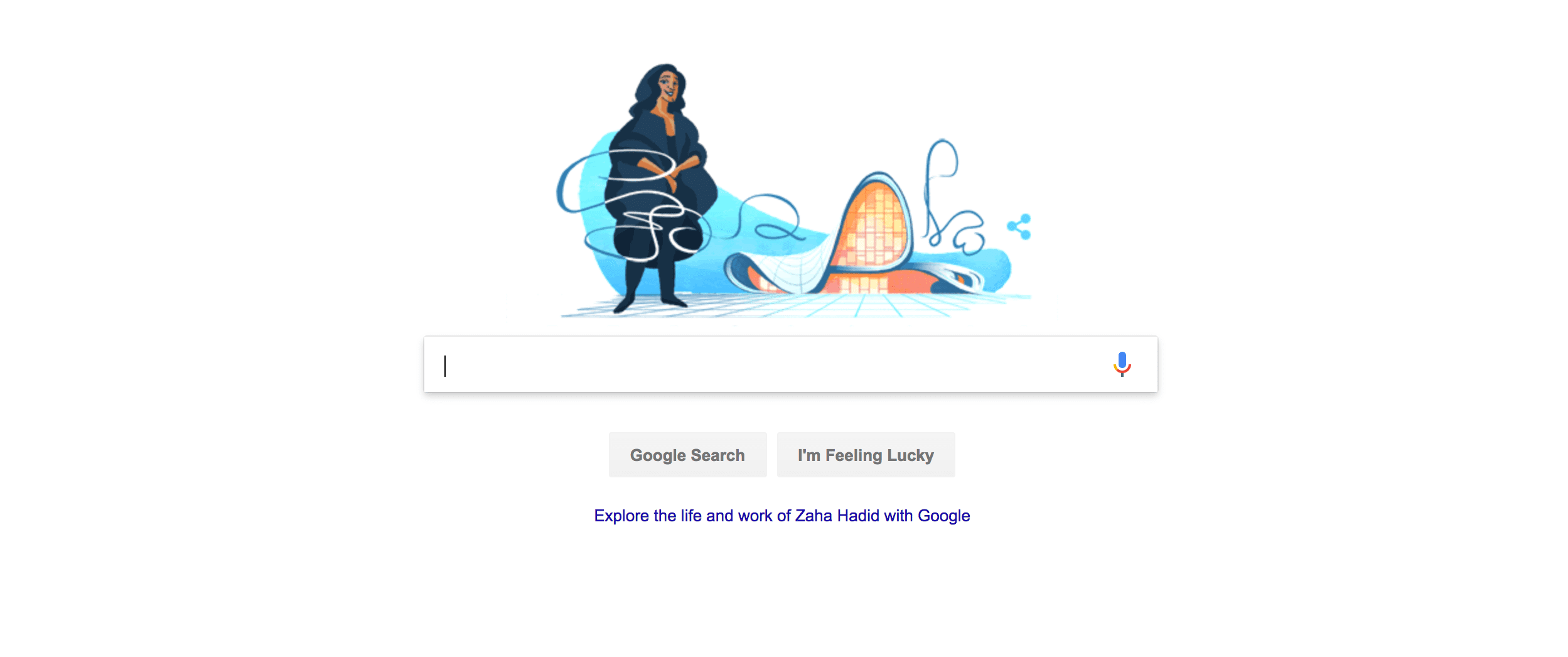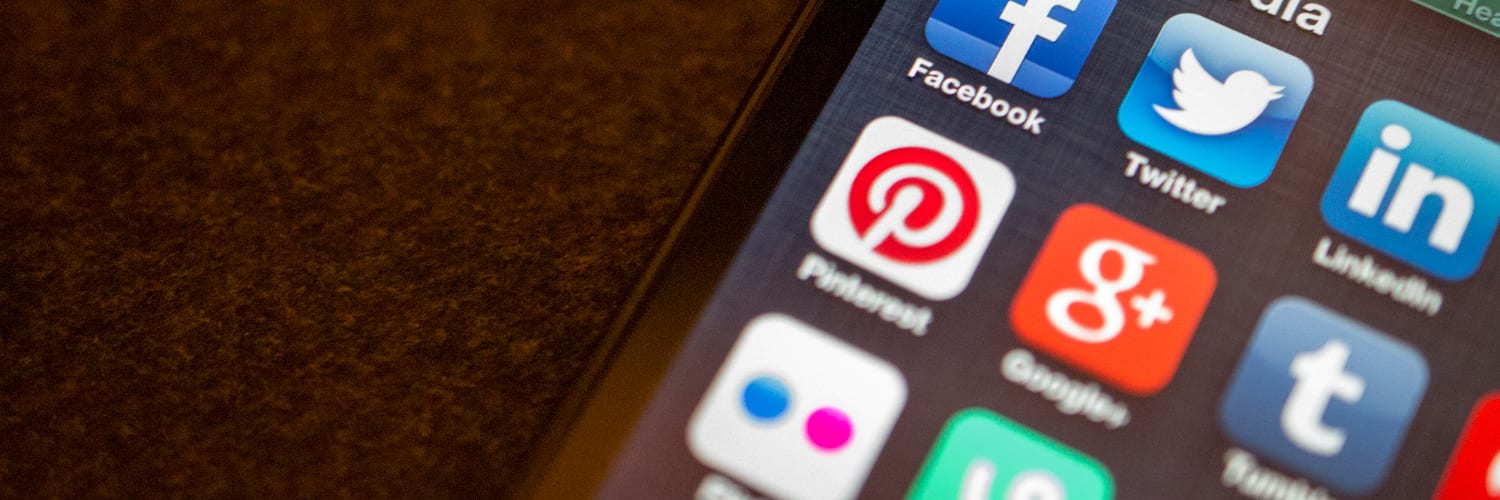A long time ago, marketers had an information problem. It didn’t move very easily. If an ad ran in yesterday’s newspaper, or if the commercial aired last night, what good is it to the customer looking for you today?
Enter the digital age: World Wide Web, browsers, social media, digital phones, access at our fingertips. Then came another problem. How do you take all the information collected in this ocean of data and get it to the right people at the right time?
In the 20-plus years of digital living, marketers have been on a quest to crack the code to use it to reach and convince customers. Here’s a look at the two-decade journey of the history of content marketing and digital marketing.
Search engines
At the dawn of the 1990s came the search engine, which was key in opening up the Internet to everyday users. Even so, once those search engines kicked up their lists of results, it sometimes took some digging to find what you really needed.
In 1998, the Google juggernaut arrived, the search engine that could do it better. By ranking results based on the relevant keywords and links, users became used to finding pages with relevant information quickly.
As good as it was for searchers, ranked results were fantastic for entrepreneurs wanting to connect with customers. The downside: If they’re just looking, those eyeballs will sail right past that call to action.
Banner ads
In October 2014, the internet had something to celebrate: The 20th anniversary of the first banner ad. Sounds dubious, but it’s an interesting story. The AT&T ad that appeared on HotWired.com (which was, at the time, the digital offshoot of the magazine Wired) garnered an impressive click rate of 44 percent.
If you look beyond the novelty of the ad, it was strikingly different from the banner ads we know today. It was a portal to an experience, where you could interact with a map of museums around the world and click on famous works of art. And it was brought to you by AT&T.
The message: Our digital future is around the corner, and AT&T is on the trend.
“We knew that if we asked ourselves, ‘How can we help people?’ rather than, ‘What can we sell people?’ we could rewire people’s brains to seek out brand experiences, rather than run from them,” said Joe McCambley, who led the team that created this ad.
Of course, digital users of today are certainly running from banner ads, because they’re predictable. They’re going to sell you something. Eyeballs learned to look past them, to the tune of 80 percent, and people are spending money to make them disappear from mobile browsing, with 63 percent of millennials using ad-blocking software.
What about McCambley’s crazy idea of using digital to get people to seek out brand experiences? Put a pin in that.
Pop-up ads
Is this a way to discover content? Not really, unless you are in the market for that specific thing and you’re ready to buy.
As the creator explained it, pop-up ads were created in the late 1990s as a way to get eyes on a message, without necessarily striking a direct association between the brand and the publisher.
That quickly fell down as yet another internet brand experience people want to brush aside so they can get back to reading. (Unlike Pop Up Video, they didn’t even give us fun facts!)
Its creator has since apologized.
Social media
Now we’re at Harvard University, 2004, and those college kids are really digging TheFacebook! At the time, founder Mark Zuckerberg was reluctant to include ads, but it wasn’t long before they went up. (Briefly, a little caption ran above them: “We don’t like these either, but they pay the bills.”)
Still, one thing became clear. At last, local businesses had a way to reach a very specific, engaged audience — college students.
That’s the beauty of social media advertising. It’s a way to target very specific audiences based on their demographics. Later, the algorithm evolved to respond to user behavior. At first, Zuckerberg wasn’t very concerned about ad content.
Native advertising
As advertising moved away from the side rails of Facebook and became a part of the content, something changed. Here was a publisher that didn’t want ads to disrupt and distract users from the experience. These ads should integrate.
As you look at the sponsored posts of today on Facebook or Twitter, they don’t flash and pop-up and cover your screen. Much like a banner ad, you may see branded images and a call to action. At the same time, they are confined to the space of the post, and they look, feel and work like the other posts.
Today, Facebook now has $25 billion in advertising revenue and 1.86 billion active users. Social media represents 20 percent of all digital ad spending. Considering the average digital user spends two hours a day scrolling through social, a sponsored post can rack up an impressive number of impressions!
Programmatic ads
This newer, less familiar marketing term takes an intensely focused approach to digital advertising. It brings the message to the user at a specific moment, when it’s most relevant to the customer.
The example that rises to the top is Madden’s “giferator” of 2014. This allowed football fans to grab an animated re-creation of a big play, while the game was still going, and turn them into gifs. This brought the celebrating and taunting on social media to a new level.
What brought football fans to the giferator? A banner ad, of all things. It didn’t lead to a hard sell. It helped people enjoy the game. People willingly participated with the brand. When you think back on what McCambley said about his original banner ad, this campaign checks off many of his boxes.
Content discovery
Want to know something surprising about content discovery platforms such as Taboola? One might think of it as fairly new to the digital scene. Yet when you look back, it’s part of a long, rich history of marketing.
Look at the primary goal, which is to create content that helps or entertains the user. Messaging is secondary. Just look at any history of content marketing, and you’ll get the idea.
The classic example is Poor Richard’s Almanac, published by one of our founding fathers, Benjamin Franklin. His goal was to entertain and inform his readers in a package that promoted his printing business.
Today, you can now do the same, with all the advantages that digital has to offer. Taboola has a large network of high-quality publishers to help you get more eyeballs on your message. At the same time, your message isn’t tangled up in the downsides of digital advertising’s past. That’s because much like native advertising, the content integrates with the publishing site, so it doesn’t distract or annoy readers. They move seamlessly from the publishing site they visited, to your message.
Unlike many forms of digital advertising, content discovery delivers high-quality content designed to help or entertain the reader. Just as promised in the headline. That’s what we call a digital win.
Taboola is the world’s leading content discovery platform, serving 360B recommendations to over 1B unique visitors each month on the web’s most innovative publisher sites. To learn more about how Taboola can help you, contact us or start your campaign today.


